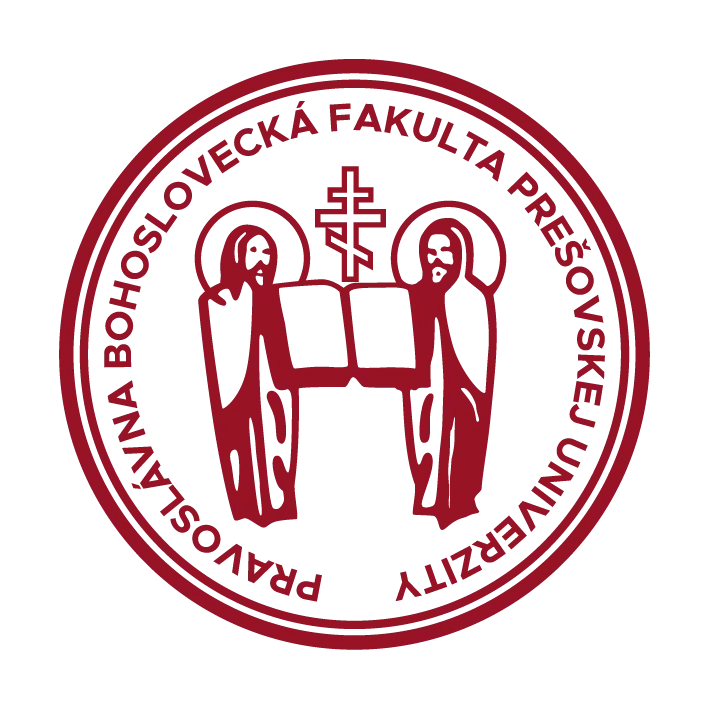ZENUCH Vavrinec - Acta Patristica, volume 11, issue 23/2020
THE ORTHODOX OF UNG COUNTY IN THE LIGHT OF LATIN SOURCES (1717-1726)
/PRAVOSLÁVNI UŽSKEJ STOLICE VO SVETLE LATINSKÝCH PRAMEŇOV (1717 – 1726)/
Vavrinec ZENUCH
doctorand, Faculty of Arts, University of Presov, Ul. 17 novembra 1, 080 01 Presov, Slovakia, vavrinec.zenuch@gmail.com, 00421918187095
Abstract
In the year 1646 eighty-two presbyters of the Orthodox church made an oath of fidelity at the castle Uzhgorod. The spreading of the union had a huge impact on the whole Orthodox church in the Ung county. The change began during the uprising of Francis II. Rákóczi when a lot of presbyters withdrew from the oath of fidelity and they came back to the Orthodox church. In the post we focus on a number of these Orthodox returnees and on their repeated re-inclination to the union in the year 1726. We will focus our research on a region of Ung county. Concerning the paper, we will primarily benefit from administrative documents of Latin bishops.
Keywords
Ung county, the Orthodox, Believers of Greek ceremony, the Church, Re-Catholization
SUMMARY
The Orthodox Church faced a reformed and a re-Catholic pressure in the 17th century. The re - Catholization aimed to a unionism with the Catholic Church. The reformed way meant a merger with the Reformed Church. A fidelity oath from the 24th of April in 1646 admitted the Orthodox clergy the same doctrinal status as to the Catholic priests. Presbyters who signed the fidelity oath were not influenced by the Catholic doctrine. Moreover, the Mukachevo vicars were actively solving problems (bigamy, divorces), which resulted from a partial merger with the Reformed Church. A non-interference of the Catholic Church into the doctrine of Uniats ended after the year 1711. The bishops of Eger started to actively focus on the presbyters græci ritus and their doctrinal and marriage status. In Ung county in the year 1717 the presbyters from villages Hažín, Klokočov, Jovsa, Poruba pod Vihoratom, Baškovce, Koromľa, Nižná Rybnica, Vyšná Rybnica, Radvánka (Радванка today Ужгород - Радванка), Galoč (Галоч, UA), Jarok (Ярок, UA), Orichovica (Оріховиця, UA), Chudľovo (Худльово, UA), Čertež (Чертеж, UA) a Ľachovce (Ляхівці, UA) returned to the Orthodoxy. Apart from the mentioned villages there were mentions about the county in Uzhgorod and in the near space other 25 presbyters withdrew from the Union. There were 41 parishes of the Orthodox Church in total. 18 presbyters were claimed to be bigamists (Jór (now Сторожниця, UA), Porostov). The bishop of Eger Gabriel Anton Erdődy was looking for a way how to solve the doctrinal differences between the Orthodox and the Catholics. Since the fidelity oath did not mention any doctrinal framework, the turning point came on the 11th of March in 1720 when the doctrinal articles (positions of faith) in points were established and through which the Orthodox presbyters were “catholicized”. Apart from the questions of the faith the text mentioned the exact wording of some acts. The final text which was presented to the presbyters was bilingual, thus written parallel in Latin and in Cyrillic. In the Ung county this kind of doctrinal merger between the presbyters and the Catholic Church was held on the 3th and 28th of December in 1726. The meetings were held by Ján Jozef Horedermarský who was a vicar and also the Archimandrite of the Basilian Monastery in Mukachevo. On the first meeting (in Uzhgorod) 21 presbyters from Ung deanship, that were from the county´s territory, were present. The second meeting was held in a village Malé Berezné (Малий Березний, UA), where the Basilian Monastery was established, which was suitable for the establishment from the capacity reasons. In the session there were 28 presbyters. The presbyters from Zemplín county were also present at the meeting since they were more accessible in northern parts. About the meeting with presbyters from the territory Turica (Тур'ї Ремети, Туриця, Тур'я-Бистра etc.) there are no records; however, from the later development it can be assumed that they were included in the administration of a vicariate. Based on an effort of the Catholic Church to gain a doctrinal instruction of presbyters it is clear that a name “uniat” belongs to all that signed the paper. The instructions were accepted by the presbyters, who should have informed the believers with the conclusions. It cannot be said to what extent the believers were informed. In the year 1717 there were 41 presbyters at the Ung county, who were claimed to be Orthodox by the Latin bishop. In the year 1726 there were 49 presbyters who accepted the doctrine of the Catholic Church. The end of all uprisings and the operation after the year 1715 shows that the bishops as well as the presbyters viewed the Union as something temporary, which they did not profess in the year 1717 and that was depicted by the bishop of Eger.
(Language: slovak)
